Dolphins are often seen as the playful acrobats of the ocean, but there’s a lot more going on beneath those sleek, gray exteriors. While you might be impressed by their flips and tricks, dolphins are doing some incredible things that even people struggle to match. In fact, these clever marine mammals often outsmart us in ways we don’t even notice. Ready to feel a little humility? Here are 15 ways dolphins quietly outshine humans.
1. They Can Navigate With Sonar
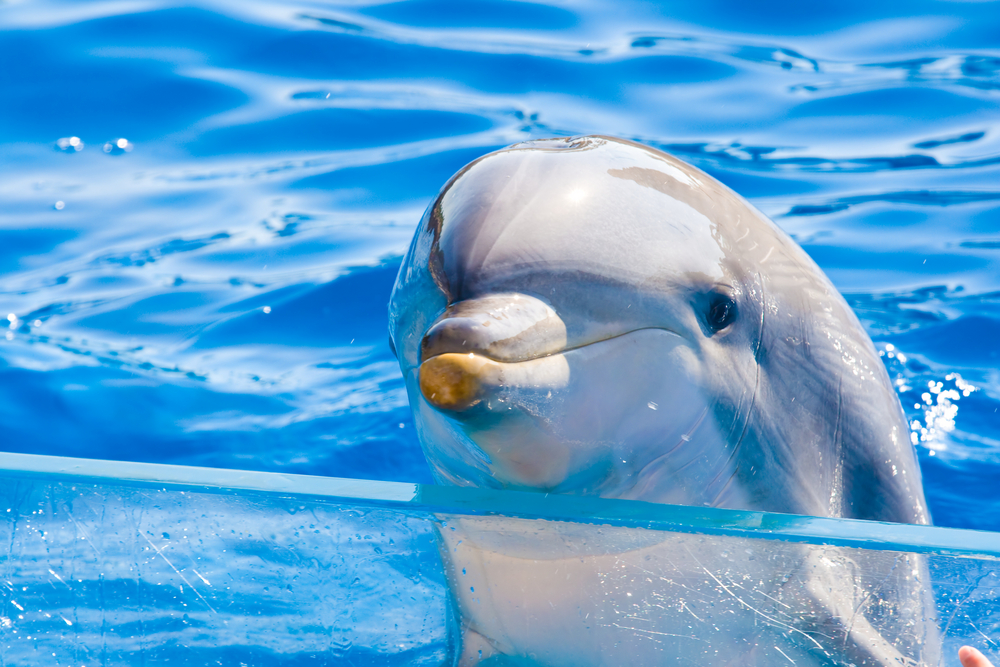
You might think you’re pretty good with GPS, but dolphins take navigation to a whole new level with echolocation. This biological sonar allows them to emit sound waves that bounce back with information about their surroundings. They can detect the size, shape, and even texture of objects underwater, which is something people can only dream of doing unaided. Marine biologist Dr. Denise Herzing notes that dolphins’ sonar capabilities are so advanced they’re able to distinguish between different types of fish without even seeing them. That’s a level of environmental awareness that even the most tech-savvy traveler would envy.
Despite all our technological advancements, we’re only beginning to scratch the surface of what echolocation can do. Dolphins, on the other hand, have been using it for millions of years, long before any human conceived the idea of sonar. It’s a powerful reminder that sometimes nature engineers solutions far superior to our own inventions. Imagine being able to close your eyes and still “see” everything around you in perfect detail. Dolphins have mastered this skill, making our reliance on visual cues seem almost primitive.
2. They Have Complex Communication Skills
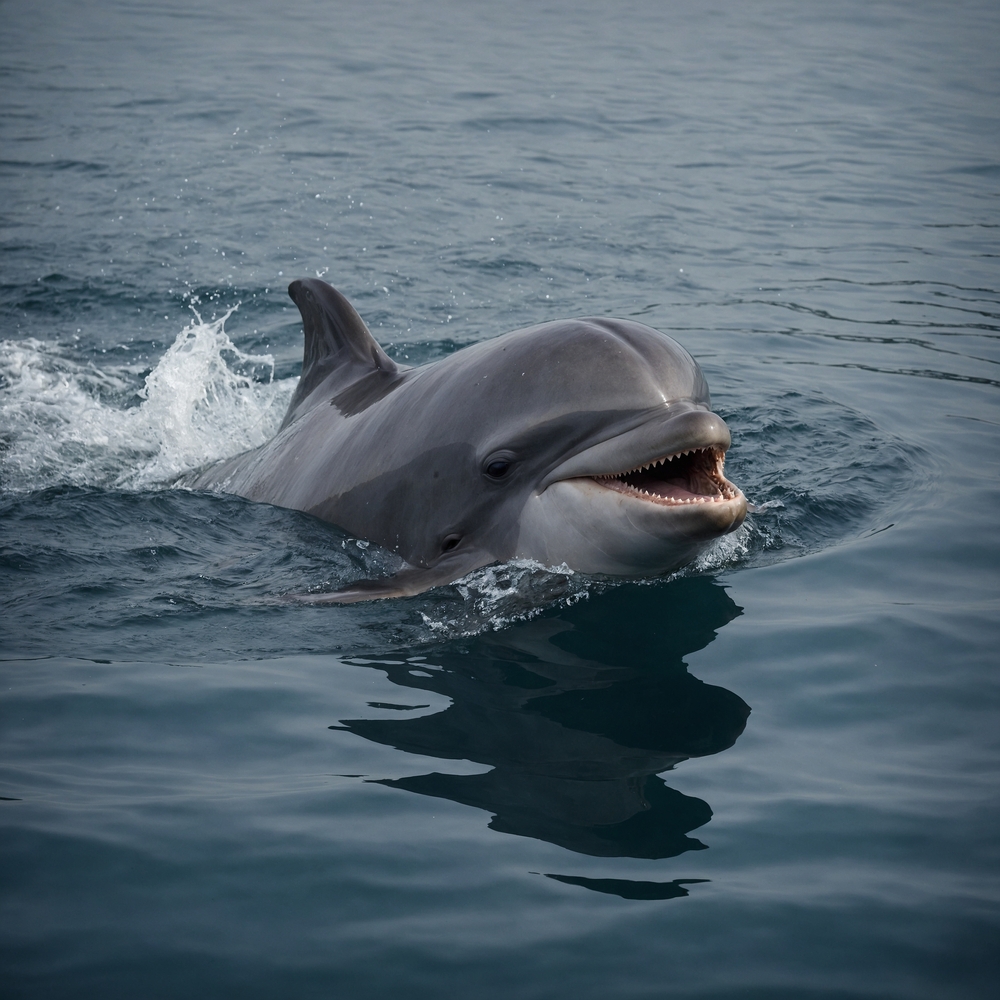
People often pride themselves on their communication skills, but dolphins have a way of making even the most articulate among us look like rookies. They use a sophisticated system of clicks, whistles, and body language to convey complex messages to each other. Researchers have found that dolphins can even share detailed information about food sources and potential dangers. They have signature whistles akin to human names, which they use to identify and call each other. This level of nuanced interaction is something humans are still striving to fully understand.
The precision and clarity of dolphin communication are impressive, particularly considering the noisy environment of the ocean. While people are often limited by language barriers, dolphins seem to transcend these limitations with ease. Their ability to convey complex ideas and emotions through sound is a testament to their evolved social structures. It challenges us to think about the potential depth of communication beyond spoken or written words. In a world where misunderstandings are common, dolphins provide a fascinating model for how to communicate effectively.
3. They Have Next-Level Problem-Solving Abilities
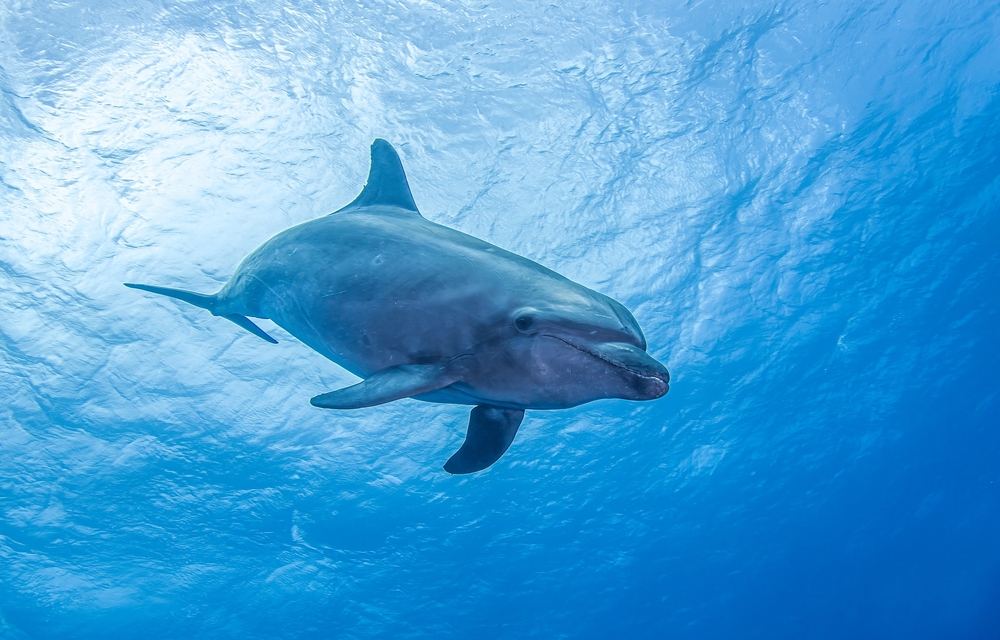
Dolphins are not just following instincts; they’re solving problems in ways that can leave people scratching their heads. In some studies, dolphins have demonstrated the ability to plan and execute complex strategies to obtain food or escape predators. For example, they have been observed using tools, like sea sponges, to protect their sensitive snouts while foraging along the seabed. According to Dr. Kelly Jaakkola, a cognitive researcher at the Dolphin Research Center, these behaviors suggest a level of problem-solving intelligence comparable to great apes. This ability to innovate on the fly is what sets dolphins apart from many other animals.
The creativity dolphins exhibit in problem-solving scenarios is something that even the most imaginative humans might find challenging to emulate. While we often rely on trial and error or learned behaviors, dolphins seem to possess an innate knack for coming up with original solutions. It’s as if they’re constantly pushing the boundaries of what’s possible, using their environment to their advantage. If only people could tackle everyday obstacles with the same level of ingenuity and flair. It underscores the fact that intelligence is not just about solving problems, but about solving them creatively.
4. They Have Empathy And Altruism In Overdrive
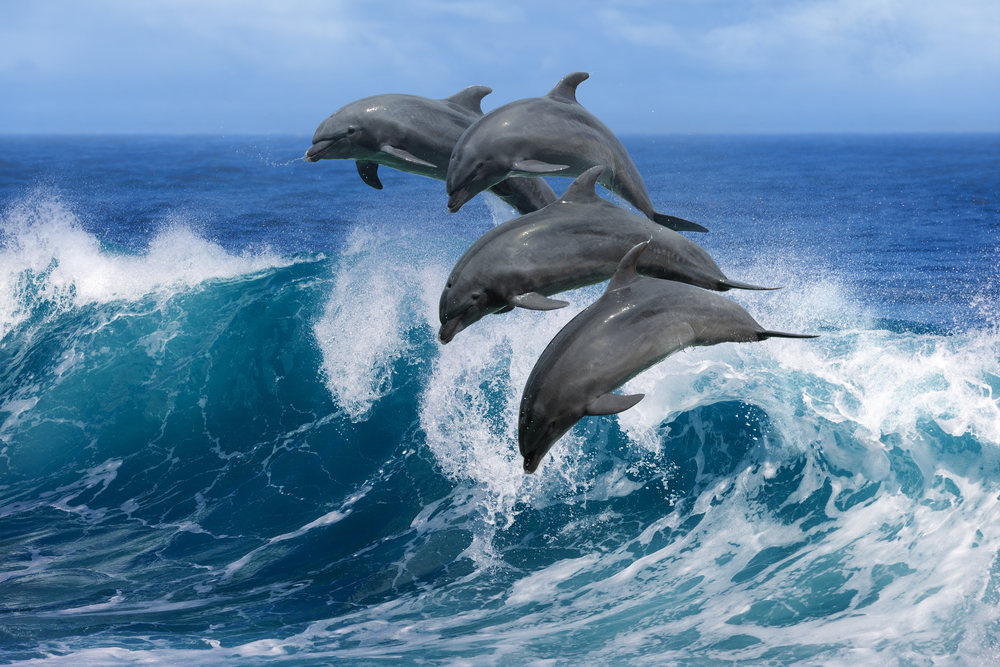
People often view empathy as a hallmark of human society, but dolphins have been showing us up in this regard for ages. There are countless documented instances of dolphins coming to the aid of other creatures, including humans. When a dolphin senses distress, it often goes out of its way to help, whether that involves supporting an injured dolphin to the surface for air or guiding a lost human swimmer back to shore. This demonstrates a level of compassion that is both moving and perplexing, considering they’re acting across species lines.
Dolphins’ altruistic behavior is consistent and widespread, raising intriguing questions about the nature of empathy. How is it that these marine mammals, living in a world so different from ours, can exhibit such profound care for another being? It’s a lesson in compassion that exceeds what you’d typically expect from an animal. Their actions challenge the notion that empathy is uniquely human and suggest that these ocean dwellers might just have a deeper understanding of kindness than we give them credit for. Dolphins’ ability to connect emotionally across species is a reminder of the shared bonds that unite all living creatures.
5. They Have Impressive Social Networking Skills
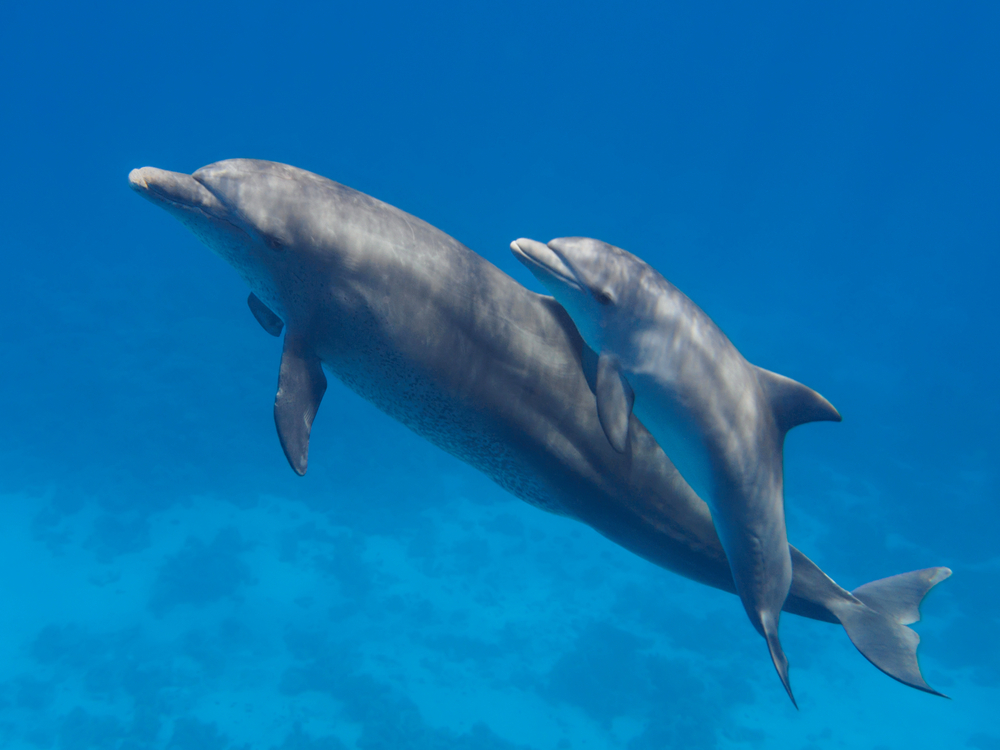
When it comes to building relationships, dolphins have mastered the art of social networking long before the digital age. Dolphins live in complex social groups called pods, where they develop intricate social hierarchies and lifelong bonds. Much like human friendships, these relationships are built on mutual respect and cooperation. A study led by Dr. Richard Connor of the University of Massachusetts Dartmouth highlights how male dolphins form alliances to compete for mates and resources, showcasing their sophisticated social strategies. It’s a level of interconnectedness that rivals our most involved social circles.
In these pods, dolphins collaborate and communicate to solve problems and protect each other from dangers. They exhibit behaviors that suggest empathy and reciprocal altruism, further highlighting the depth of their social intelligence. While people rely heavily on technology to manage relationships, dolphins do it naturally, maintaining extensive social networks without the need for texts or emails. Their ability to maintain these complex social structures without the aid of technology is a testament to their intelligence and adaptability. It’s a clear indication that when it comes to social skills, dolphins might just be a step ahead.
6. Understanding Human Commands
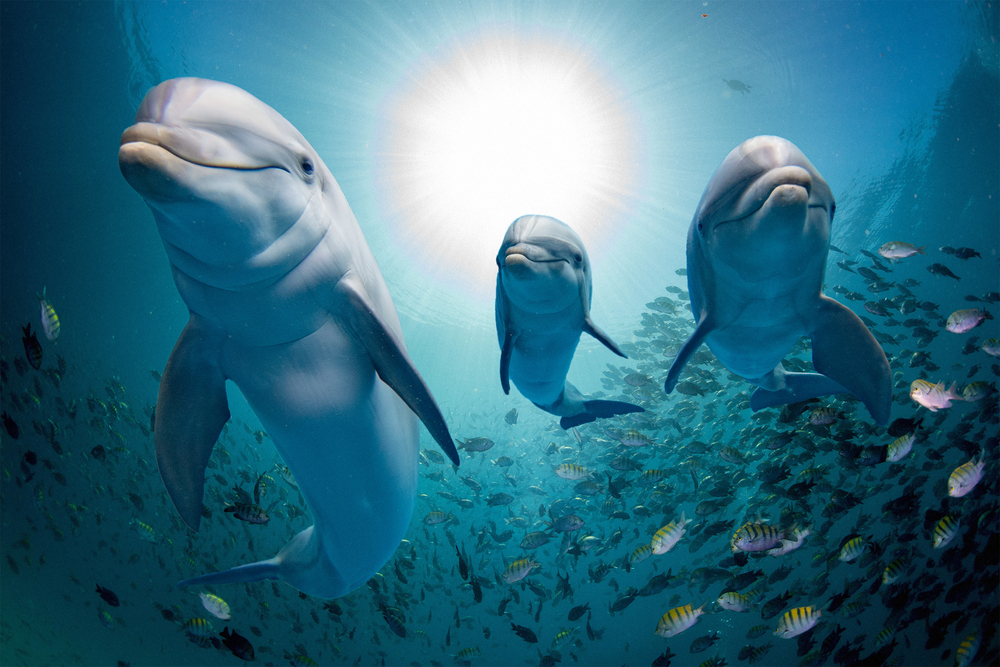
While you may take it for granted that your dog can learn basic commands, dolphins can do much more. These intelligent creatures have demonstrated the ability to understand and respond to complex sequences of human commands. Trainers at marine parks routinely teach dolphins to perform a variety of tasks, highlighting their ability to learn and interpret cues. Unlike many animals, dolphins can understand both verbal and non-verbal commands, allowing for a diverse range of interactions. This ability to comprehend and act on human instructions suggests a high level of cognitive processing.
Dolphins’ capability to understand human commands goes beyond simple mimicry. It requires them to process information and apply it in context, a task that challenges even the brightest among us. While people often require years of practice to hone such skills, dolphins seem to grasp them effortlessly. The interactions between dolphins and humans serve as a testament to the potential for cross-species communication and understanding. They’re proof that intelligence isn’t about following orders but about understanding and executing them with precision.
7. Cultural Transmission
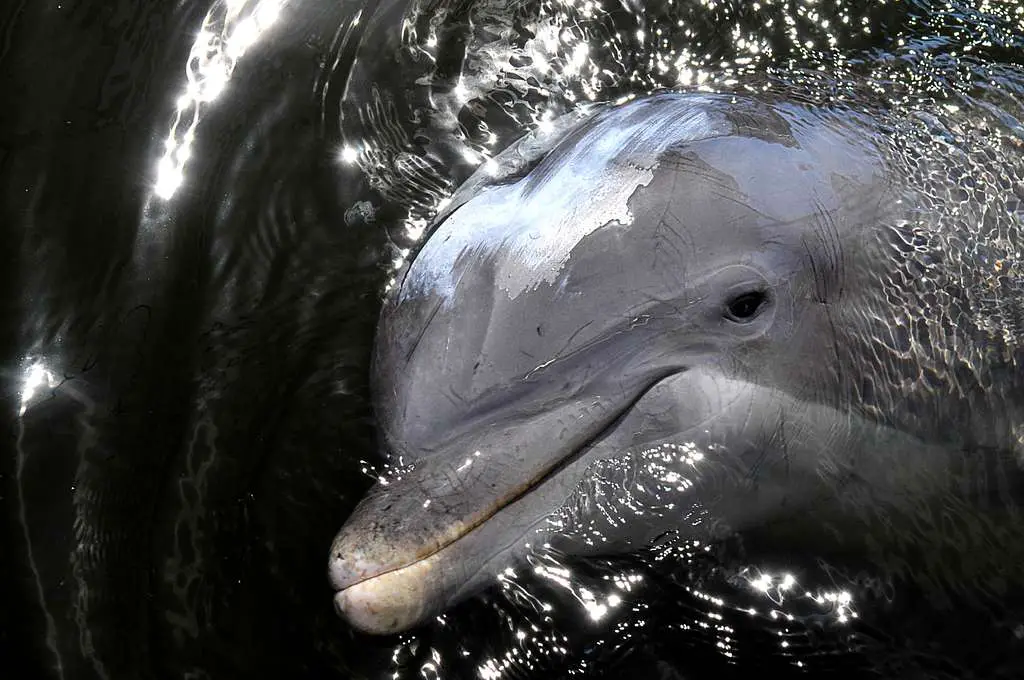
In the realm of cultural transmission, dolphins are quietly setting a high bar. Cultural behaviors, once thought exclusive to humans, are a significant aspect of dolphin life. They pass on knowledge and skills from one generation to the next, much like people do. For instance, dolphins in different regions have unique ways of hunting or using tools, and these techniques are taught to younger dolphins. Dr. Michael Krützen of the University of Zurich highlights how these behaviors are not just random but are often passed down through generations, indicating a complex social learning process.
The idea that dolphins have culture challenges our understanding of what it means to be human. While people often view culture as a defining feature of humanity, dolphins remind us that culture can take many forms. Their ability to transmit knowledge within their communities suggests a level of sophistication and intelligence that is both impressive and humbling. It’s a reminder that even in the animal kingdom, there’s more going on than meets the eye. Dolphins’ cultural richness encourages us to explore and appreciate the diverse expressions of intelligence in the natural world.
8. Play As A Learning Tool
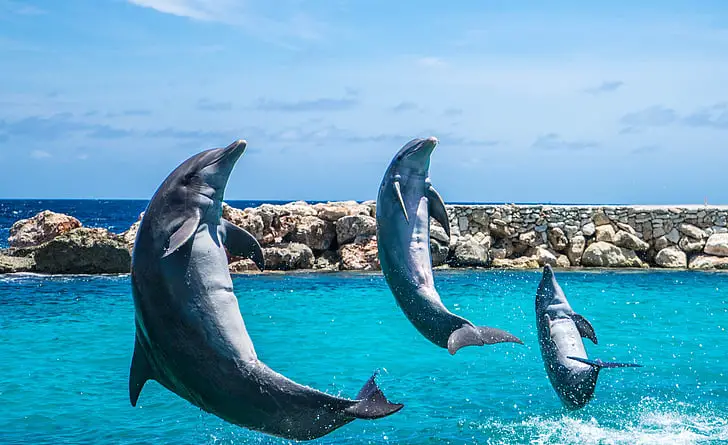
Play might seem trivial or merely recreational to some, but dolphins take it to another level. For them, play is a crucial part of learning and development, much like how human children learn about the world. Dolphins engage in playful activities that hone their physical and social skills, preparing them for real-world challenges. These activities often mimic hunting or social interactions, providing young dolphins with valuable practice in a safe environment. It’s a sophisticated form of learning that emphasizes the importance of play in cognitive and social development.
People often underestimate the value of play, dismissing it as mere entertainment for children. However, dolphins show us that play can be a critical educational tool. It allows them to explore their environment, test boundaries, and learn from mistakes in a low-stress context. This playful approach to learning helps dolphins develop problem-solving skills and adaptive behaviors that serve them well throughout their lives. If anything, dolphins remind us that learning doesn’t always have to be serious to be effective.
9. Emotional Intelligence
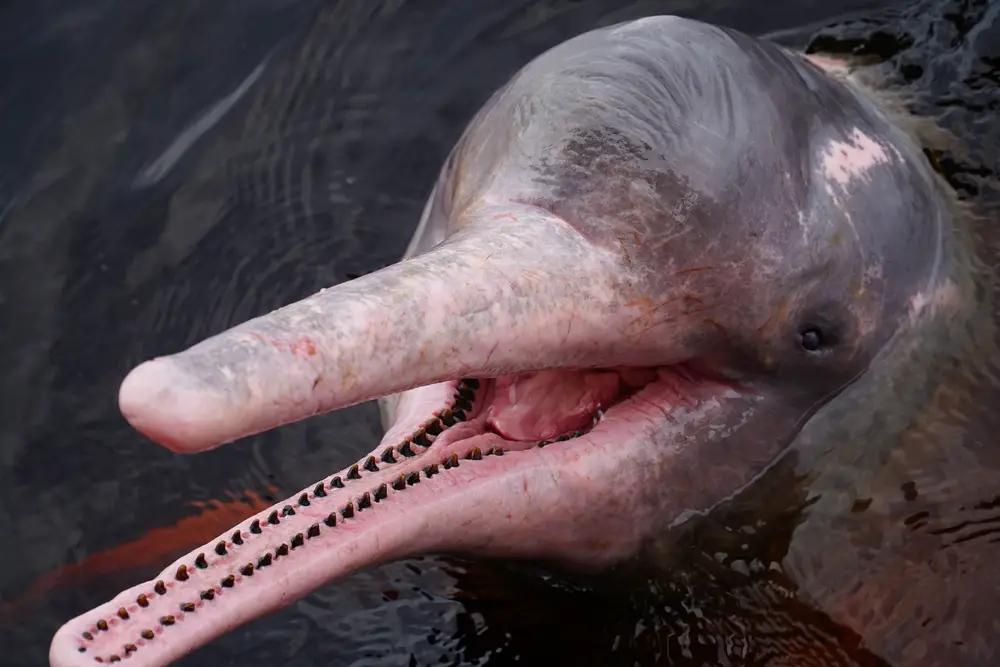
You might think of emotional intelligence as a distinctly human trait, but dolphins are proving otherwise. They exhibit a remarkable ability to recognize and respond to the emotional states of others. Whether comforting a distressed pod member or engaging in social bonding activities, dolphins show an understanding of emotions that rivals our own. This emotional awareness enables them to navigate complex social dynamics and maintain harmony within their pods. It’s a sophisticated social skill that many people strive to master.
Dolphins’ emotional intelligence extends beyond their interactions with each other. They have been known to show empathy towards other species, including humans, often offering assistance in times of distress. This level of emotional awareness challenges our understanding of intelligence and empathy. It suggests that dolphins possess a nuanced grasp of emotions that goes beyond basic instinct. By observing these behaviors, we gain insights into the profound emotional lives of these fascinating creatures and how they parallel our own experiences.
10. Adapting To Changing Environments
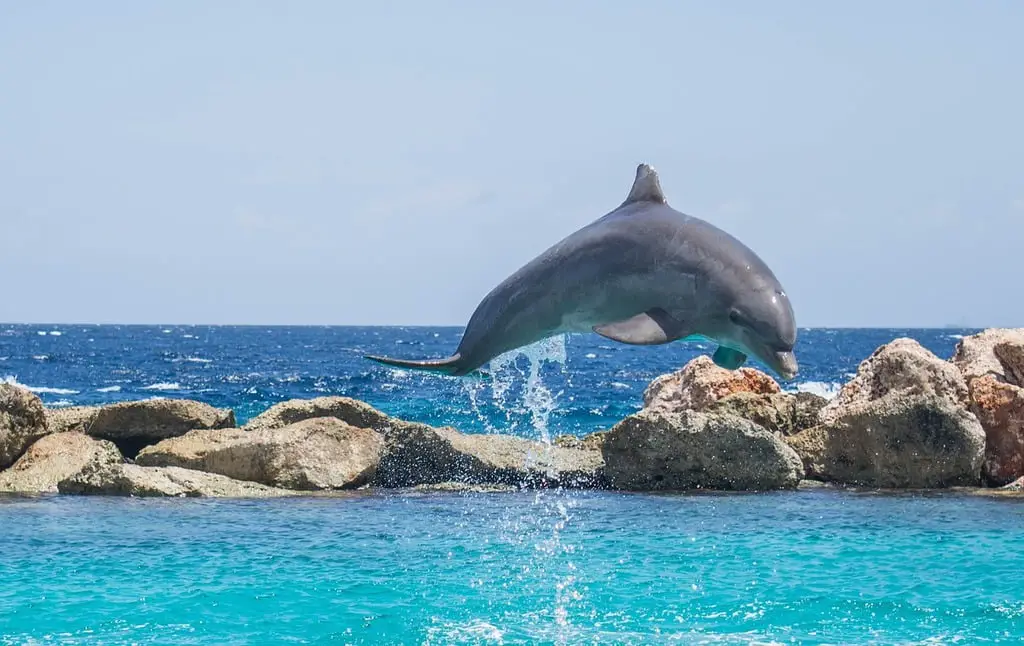
People are often lauded for their ability to adapt, but dolphins are equally adept at adjusting to changing environments. Whether it’s a shift in food availability or a new predator in town, dolphins quickly modify their behaviors to survive and thrive. This adaptability is rooted in their intelligence and social structures, which allow them to coordinate as a group. They communicate effectively to share information about new threats or resources, ensuring the well-being of the entire pod. It’s a level of flexibility and resilience that would benefit any human community.
Dolphins’ ability to adapt is not just about survival; it’s about thriving in a dynamic world. They often explore new areas, test different hunting strategies, and even learn from other species. This openness to change is a crucial aspect of their success as a species. While people often resist change, dolphins embrace it, seeing it as an opportunity for growth and discovery. Their ability to adapt quickly and efficiently highlights the importance of flexibility in an ever-changing environment.
11. Using Tools Creatively

While you might think of tool use as a human hallmark, dolphins are showing us that they’re no slouches in this department either. They have been observed using tools in innovative ways, such as using marine sponges to protect their snouts while foraging along the ocean floor. This behavior, known as “sponging,” is passed down from generation to generation, showcasing dolphins’ ability to use tools creatively. Their tool use is not accidental but the result of deliberate problem-solving and cultural transmission. It’s a fascinating glimpse into the inventive minds of these marine mammals.
Dolphins’ use of tools highlights their capacity for innovation and learning. They adapt their tool use to suit different environments and challenges, demonstrating a keen understanding of their surroundings. This ability to manipulate objects to achieve specific goals suggests a level of cognitive complexity that is truly remarkable. While people often rely on technology to solve problems, dolphins remind us that sometimes a simple tool, used creatively, can be just as effective. Their inventive use of tools underscores the intelligence and resourcefulness that define these fascinating creatures.
12. Mastering Teamwork
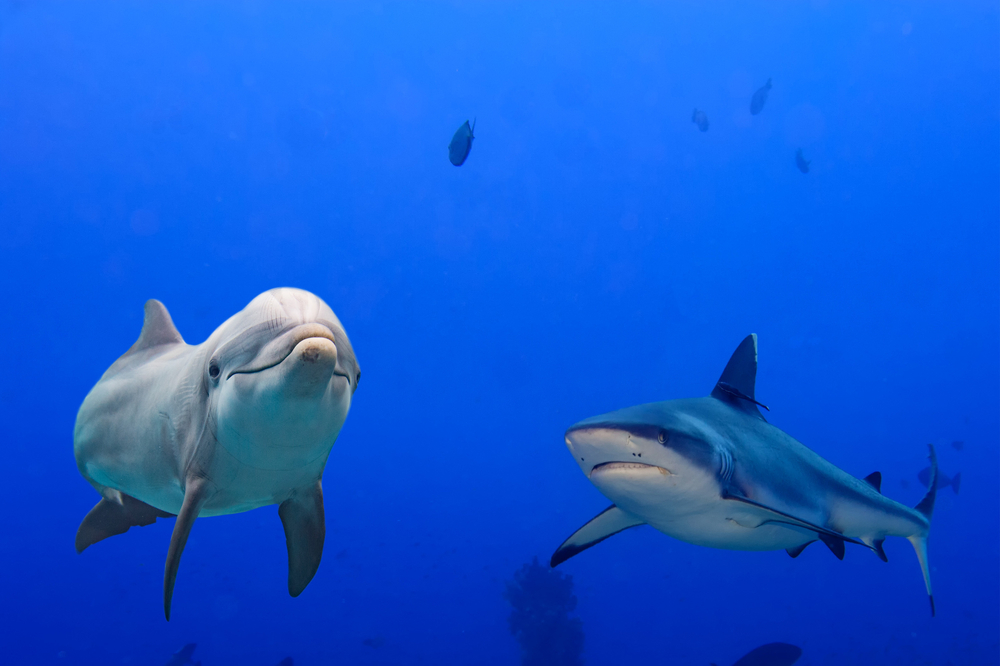
Dolphins are experts at teamwork, and their cooperative behaviors are something people could learn from. Whether they’re hunting in groups or defending against predators, dolphins work together seamlessly to achieve their goals. They communicate with each other using a complex system of clicks and whistles, coordinating their actions with precision. This ability to collaborate effectively is a testament to their social intelligence and adaptability. It’s a level of teamwork that even the most seasoned human teams might envy.
The strength of dolphins’ teamwork lies in their ability to balance individual roles with group objectives. Each dolphin plays a part, whether leading a hunt or providing support, ensuring that the group functions smoothly. This cooperative approach allows them to tackle challenges that would be insurmountable alone. Dolphins’ teamwork is not just about survival; it’s about thriving as a community. They remind us that collaboration, when done right, can lead to incredible success and innovation.
13. Understanding Abstract Concepts
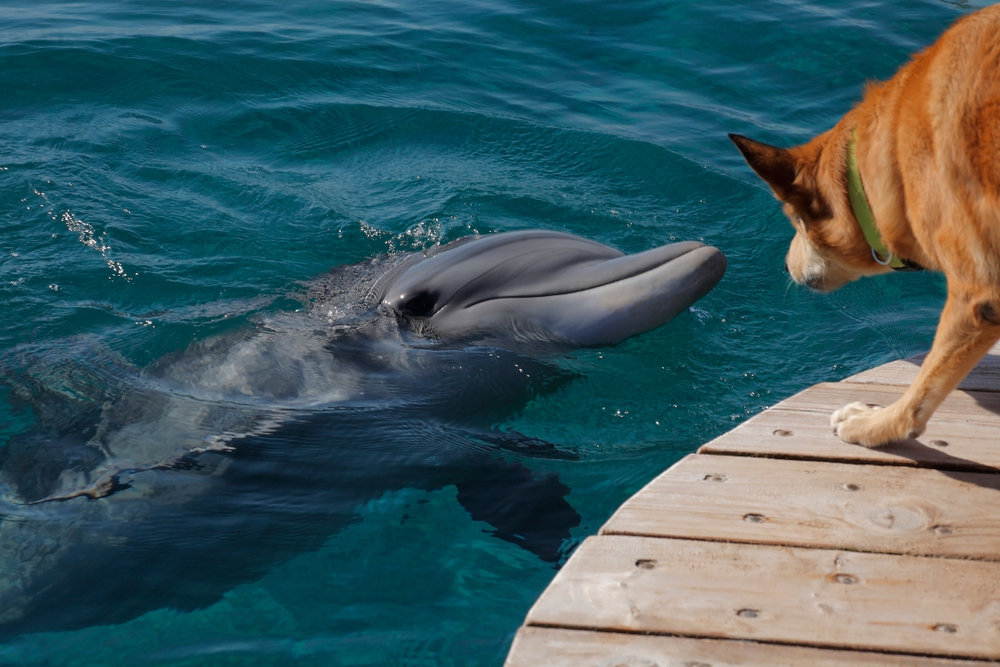
People often consider the understanding of abstract concepts as a uniquely human trait, but dolphins challenge that notion. These intelligent animals have demonstrated the ability to grasp abstract ideas, such as numerical concepts and spatial relationships. In controlled studies, dolphins have been able to match objects based on abstract properties like similarity or difference. This ability to understand and apply abstract concepts suggests a level of cognitive sophistication that rivals that of young children. It’s a reminder that intelligence is not just about concrete tasks but involves a deeper understanding of abstract ideas.
Dolphins’ grasp of abstract concepts is not limited to experimental settings. In the wild, they often display behaviors that require a nuanced understanding of their environment and social dynamics. Their ability to navigate complex social hierarchies and adapt their behaviors to different contexts highlights their cognitive flexibility. While people often struggle with abstract thinking, dolphins seem to handle it with ease. Their aptitude for abstract reasoning challenges our understanding of intelligence and suggests that there’s still much to learn from these remarkable creatures.
14. Exhibiting Self-Awareness
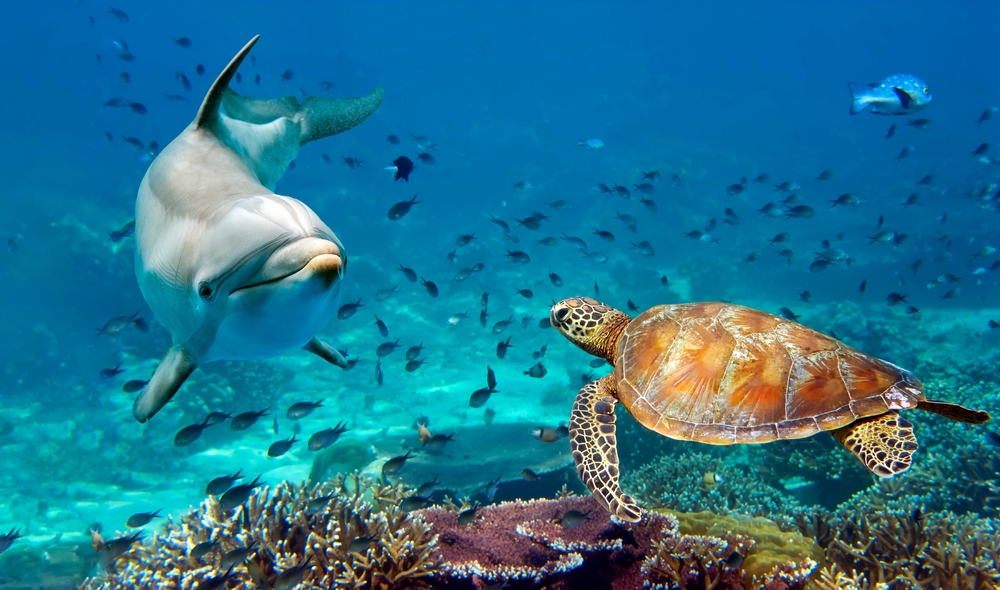
Self-awareness is often seen as a hallmark of advanced intelligence, and dolphins are one of the few species to have demonstrated this trait. When placed in front of a mirror, dolphins exhibit behaviors that suggest they recognize their own reflections. This ability to recognize themselves indicates a level of self-awareness that is rare in the animal kingdom. It suggests that dolphins have a complex understanding of themselves and their place in the world. This self-awareness is not just about recognizing their reflection but extends to understanding their actions and their consequences.
The implications of dolphins’ self-awareness are profound, challenging our perceptions of intelligence and consciousness. It raises questions about their emotional experiences and how they perceive the world around them. While people often take self-awareness for granted, dolphins remind us of its significance as a marker of cognitive complexity. Their ability to recognize themselves and their actions underscores the depth of their intelligence and emotional lives. It’s a humbling reminder that self-awareness is not solely a human trait and that our understanding of consciousness is still evolving.
15. Surviving Without Sleep
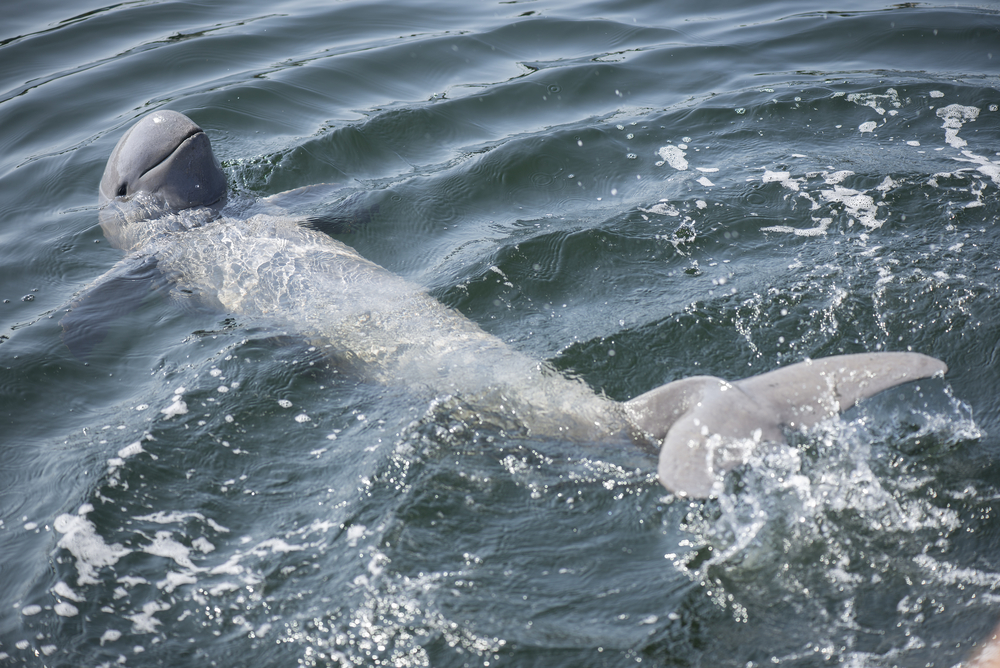
While humans need a good night’s sleep to function effectively, dolphins have developed a unique survival strategy that allows them to thrive with minimal rest. They have the remarkable ability to shut down one half of their brain at a time while the other half remains active. This unihemispheric slow-wave sleep allows dolphins to rest while still being aware of their surroundings, ensuring they can surface for air and remain vigilant for predators. It’s a fascinating adaptation that highlights their evolutionary ingenuity.
This ability to stay half-awake is not just a clever trick but a vital survival mechanism for dolphins. It allows them to maintain constant awareness and responsiveness in an unpredictable ocean environment. While people rely on a full night’s sleep to recharge, dolphins manage to rest and remain alert simultaneously. Their ability to balance rest and vigilance showcases a level of resilience and adaptability that is truly extraordinary. It’s a testament to their unique approach to survival and a reminder that there are many different ways to thrive in the natural world.
